Yuki Aoyama Sends Clichés Flying
In the book 'Solaryman', the photographer humorously depicts the stereotypes that surround Japanese businessmen.

“Solaryman (2005-2015)” de Yuki Aoyama © Libro Arte
Once Japanese metropolitan men reach the age of thirty, they are described by those younger than them as ossan. This informal, slightly derogatory term makes fun of these men in suits, who are deemed arrogant and who all seem to have the same haircut. These men—more commonly known as salarymen—are examined by Japanese photographer Yuki Aoyama in the book Solaryman (2005-2015), released in 2016.
The photographer, born in Nagoya in 1978, is also a gallery owner (Yukai Hands) and publisher (Yukai Hands Publishing). In his book, he seeks to use simple messages to illustrate the complexity of human relationships specific to Japanese society.
Jumping over conventions
The title Solaryman combines the words sora (sky) and salaryman. This is because, to move beyond the stereotypes and step outside of the framework, businessmen are presented here in mid-air, releasing their energy by leaving conventions behind, with a childlike attitude. The photographer’s father, who was a businessman himself, is no longer alive. This project is therefore also a kind of homage. As Yuki Aoyama explains in the text accompanying the photographs: ‘Having no experience of my own as a businessman, I feel deeply moved and full of hope when I see these fathers, who sweat and fight to keep their company afloat, transforming into superheroes flying through the air.’
The book, put together over a decade, gathers together several series. Some of the photographs show the men alone, or with colleagues or friends, in an urban environment. They are all dressed the same. We see them hard at work, focused and conscientious, a hint of mischief sometimes visible in their expression. Others include these men’s daughters, who appear next to them with their feet on the ground and standing up straight, in somewhat of a role reversal.
In this book, Yuki Aoyama pays tribute to these men, and gives a nod to these individuals who are the beating heart of the country’s economy.
Solaryman (2005-2015) (2016), a book of photographs by Yuki Aoyama, is published by Libro Arte.

“Solaryman (2005-2015)” by Yuki Aoyama © Libro Arte
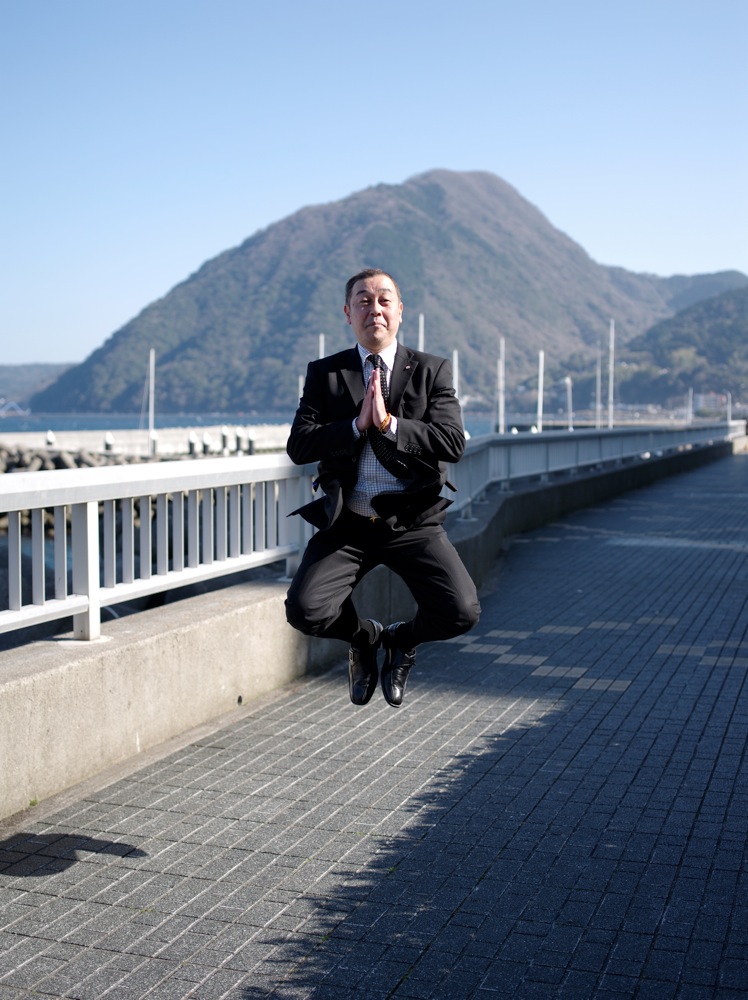
“Solaryman (2005-2015)” by Yuki Aoyama © Libro Arte
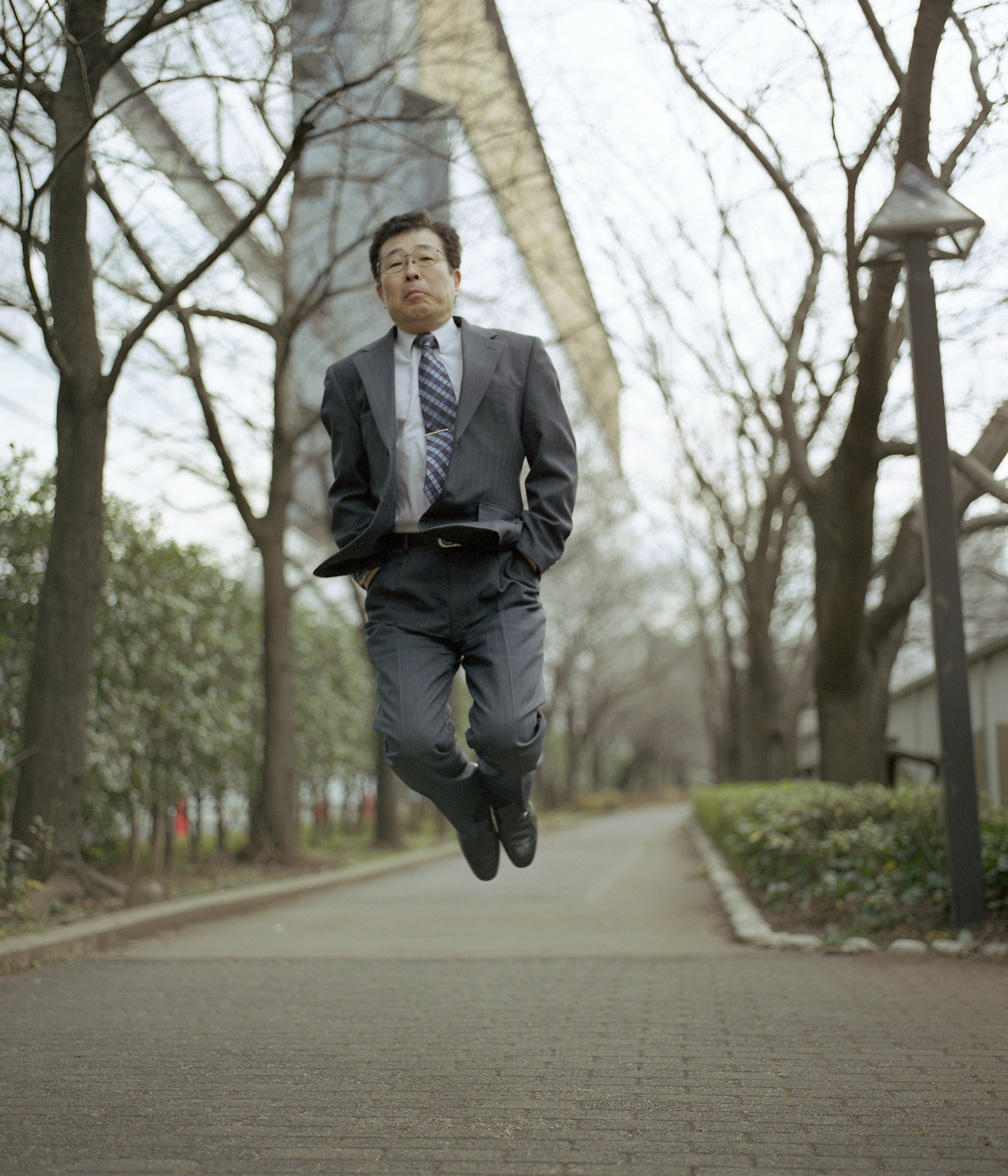
“Solaryman (2005-2015)” by Yuki Aoyama © Libro Arte
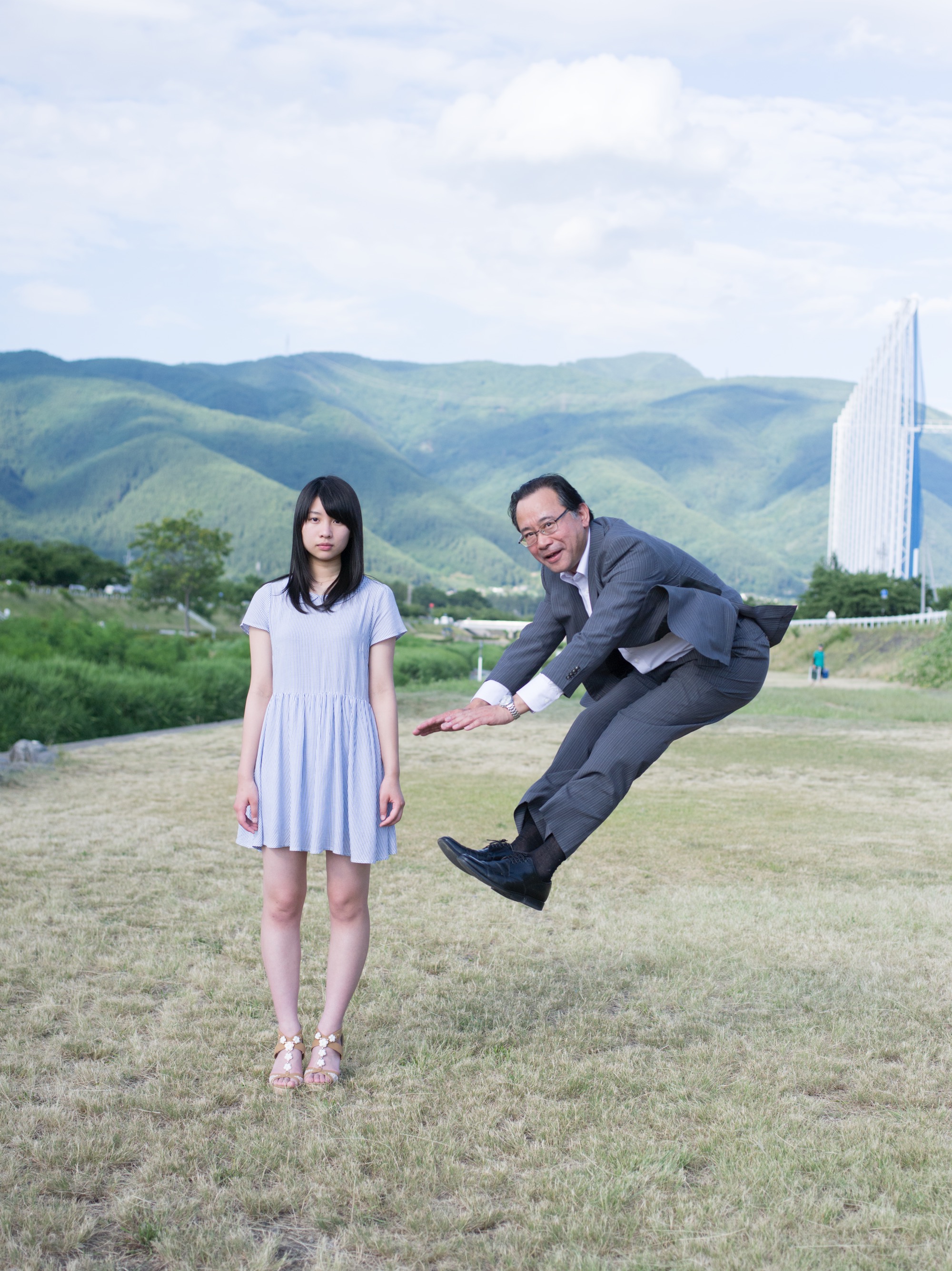
“Solaryman (2005-2015)” by Yuki Aoyama © Libro Arte
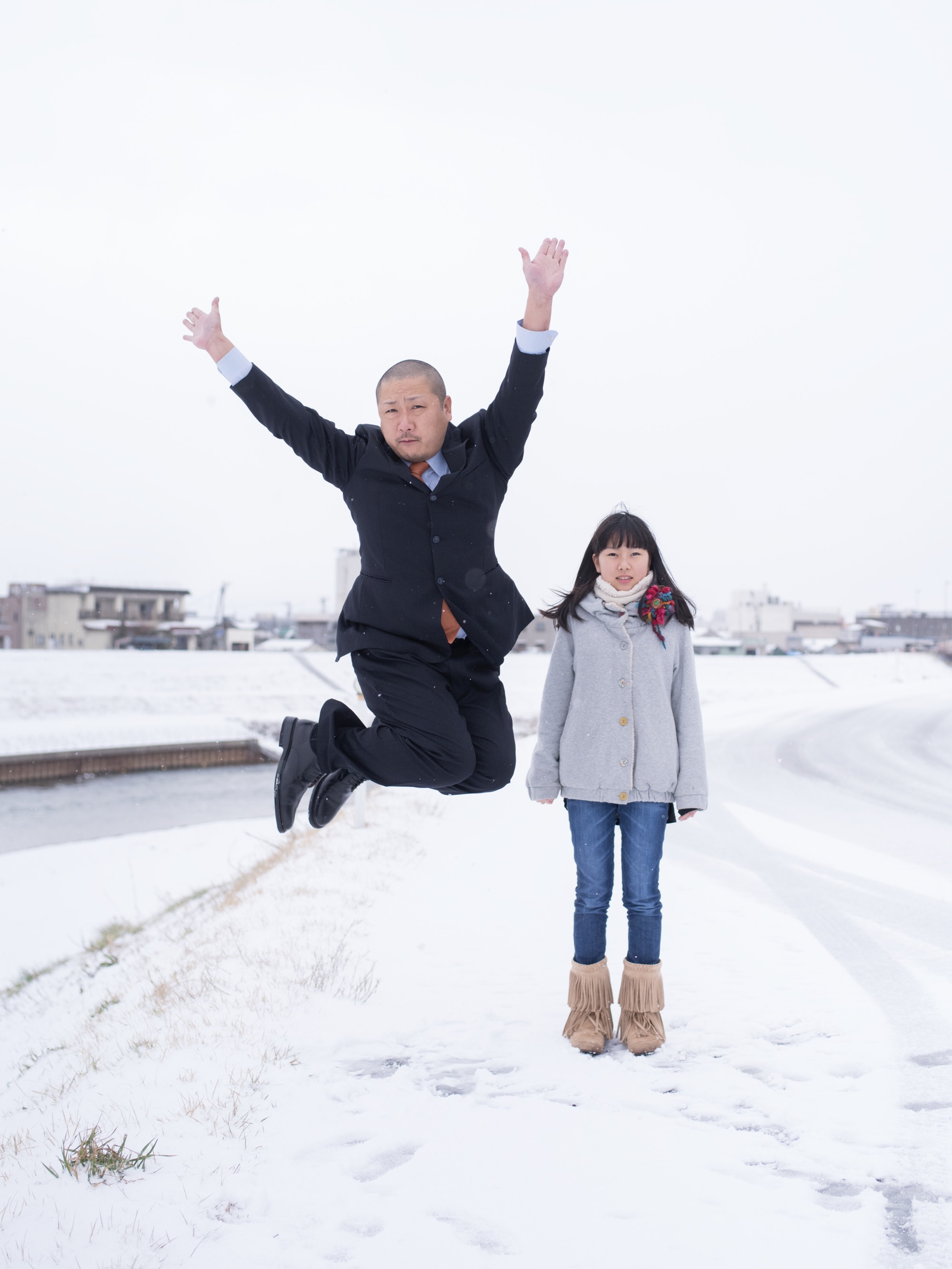
“Solaryman (2005-2015)” by Yuki Aoyama © Libro Arte
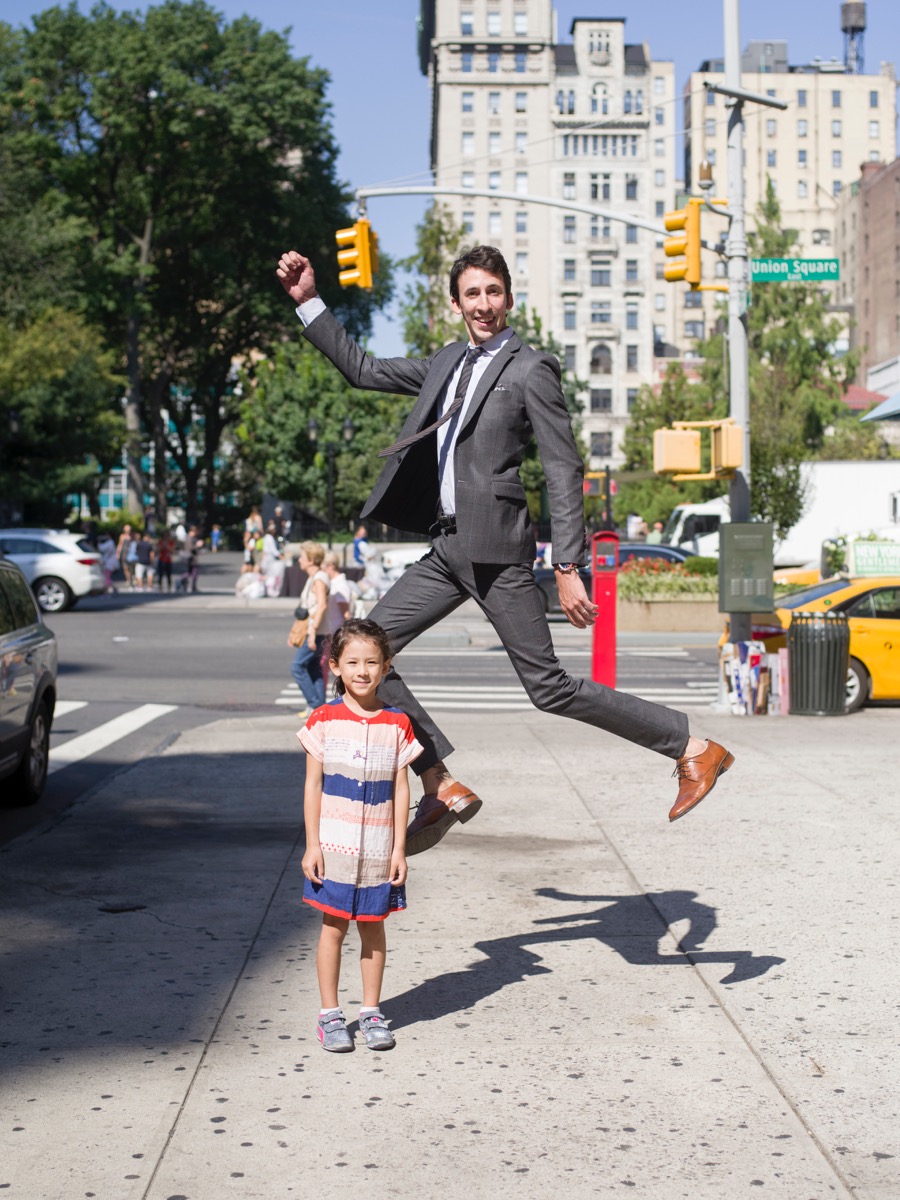
“Solaryman (2005-2015)” by Yuki Aoyama © Libro Arte

“Solaryman (2005-2015)” by Yuki Aoyama © Libro Arte
TRENDING
-
The Tattoos that Marked the Criminals of the Edo Period
Traditional tattoos were strong signifiers; murderers had head tattoos, while theft might result in an arm tattoo.

-
Chiharu Shiota, Red Threads of the Soul
Last year, more than 660,000 people visited the retrospective 'Chiharu Shiota: The Soul Trembles' exhibit at the Mori Art Museum.

-
‘Before Doubting Others, Doubt Yourself. Who Can Truly Say a Dish Isn’t What It Used to Be?’
In ‘A Non-Conformist’s Guide to Surviving Society’, author Satoshi Ogawa shares his strategies for navigating everyday life.

-
The Story of Sada Yacco, the Geisha who Bewitched Europe
Described by Dazed magazine as the first beauty influencer, she has been restored to her former glory since 2019.

-
Ito Jakuchu's Naturalist Paintings
From 15 September until 14 October 2018, the Petit Palais showcased the artist's iconic ‘Images of the Colourful Realm of Living Beings’.





